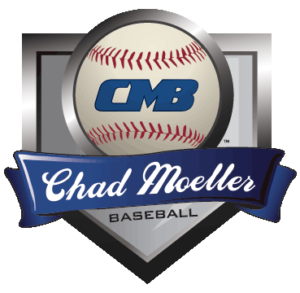Baseball Catcher Set Up
What is the proper way for a catcher to set up? How do you stand, squat and prepare to do your job most efficiently? Let me be clear: all catchers should have their own style that works best for them. One should not be a clone. The same is true for hitters, pitchers and all of us in general. There are certain elements that should be included, although they may look different from catcher to catcher. The bottom line? It’s about just getting the job done.
3 Basic Stances for a Baseball Catcher
1. Stance to give signs.
2. Stance to receive with no one on base, and less than two strikes
3. Stance to receive with someone on base and/or two strikes on the hitter.
The stance to give signs for a catcher is up on his toes. His knees are close enough together closing off the first and third base coaches from looking in and seeing the signs. The catcher’s glove hand is placed on his left knee, or in front of his left knee for added protection from the opposing coaches or players. The sign is then given with the right hand and is up against the cup. You don’t want a lot of angle in the sign making it more difficult for the pitcher to see i. Have coaches stand in either coaching boxes to check the exposure of the signs.
The stance with no one on, and less then two strikes, is your most comfortable catcher stance. This is where you hope to spend most of the game. Right hand is behind your back or behind the right leg hidden from the ball while the glove presents a large target to the pitcher. Your chest is square to the pitcher not offset or angled. And your feet are a little more then shoulder distance apart. You right foot should be about 3” further back then the left, but not much more than that. This will give the catcher an extra couple of inches to reach for the pitch down and away without hitting his knee. If you offset too much it make it difficult to block pitches and receive pitches to glove side of the plate.
The lower the stance, the better the target. Glove should be at the lowest part of the strike zone. This stance will be somewhat dictated by your body design. Remember, you have the best seat in the house, while the umpire has the second best. If you do not lower the stance, the umpire is blocked out and the last thing he will remember is where the ball was when it was a long way from the plate. The lower the stance, the better calls the pitcher will get from the umpire.
The stance, with runners on base or with two strikes is similar but the feet are a little wider and the catcher’s rear end is higher in the air. From this position the catcher must be ready to block a pitch in the dirt or throw out a base stealer. The right or bare hand is behind the glove. The hand should be closed around the thumb. It is like a loose fist with thumb tucked in.
Lastly, how far back should the catcher be from the hitter? The simple answer is as close as you can be without getting hit by the batter. The final distance depends on the hitter. Some hitters have longer swings and some have longer backswings. In those cases you need to back up a bit more. Here is a point of reference I used. If set up in the middle of the plate, the catcher should almost be able to extend his glove hand and touch the batters back knee.
Remember, all of these suggestions are starting points. As the leader on the field the catcher must help adjust his teammates, as well as himself. Preparation for each pitch, with the proper set up, will help make you a better catcher.
From Behind the Dish,
Chad
